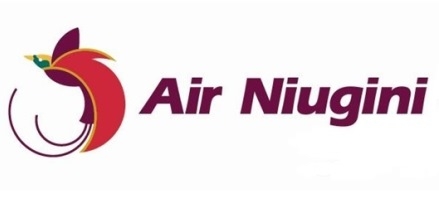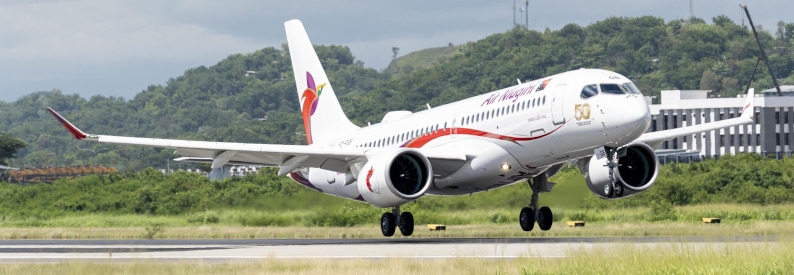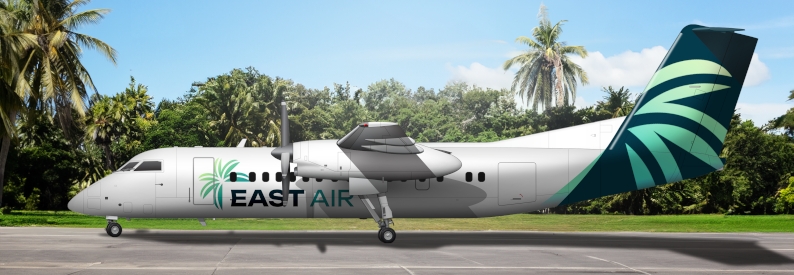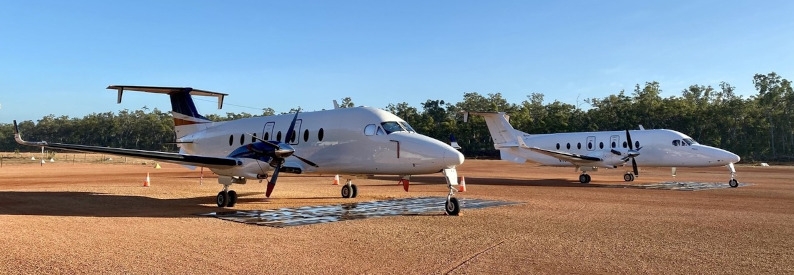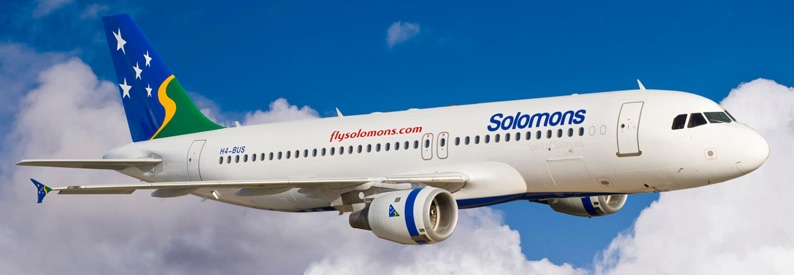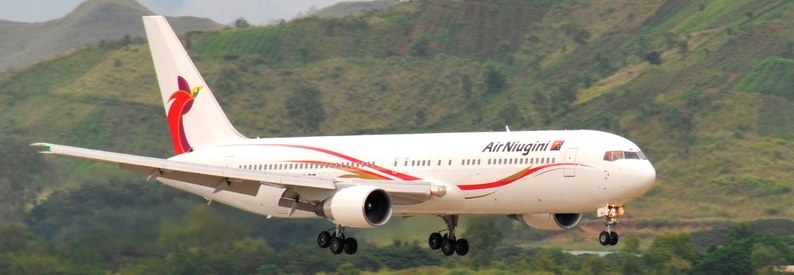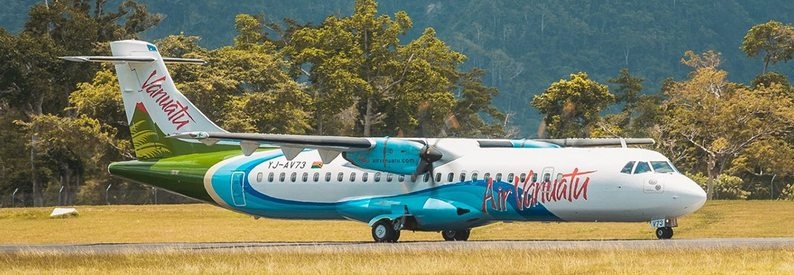Air Niugini (PX, Port Moresby) will continue to wet-lease a B737-800 from SkyUp Airlines (PQ, Kyiv Boryspil) until early March, A/CEO Gary Seddon has told Port Moresby's Post Courier outlet. Seddon says it is a temporary arrangement providing additional capacity on the Port Moresby - Lae sector over the Southern Hemisphere summer period.
ADS-B tracking shows UR-SQO (msn 40880) ferried into Papua New Guinea on December 25, 2023, and began revenue operations for Air Niugini the following day, and is now doing four daily roundtrip services on the Port Moresby - Lae Nadzab city pair.
"This lease will continue until early March," Seddon told the newspaper. "We expect our own aircraft to be in place for the next busy period. At this stage, we do not anticipate further arrangements."
Air Niugini normally operates two B737-800s, but one (P2-PXA (msn 40966)) is undergoing maintenance in Port Moresby and has not flown since December 6. The airline is also wet-leasing a B767-300ER from Omni Air International (OY, Tulsa International) to cover for one of its B767-300ERs which is at Addis Ababa International undergoing heavy maintenance.
"Air Niugini would prefer to utilise our own crew and aircraft, although we greatly value the support from SkyUp and Omni," said Seddon.
Papua New Guinea's state-owned airline has embarked on a substantial fleet renewal program. In June 2023, Air Niugini ordered two B787-8s to replace its pair of B767-300ERs. In November, the airline closed a deal with Airbus to buy six A220-100s and will acquire another five of the jets through third-party lessors. The Airbus aircraft will replace Air Niugini's fleet of F70s and F100s.
Seddon, who stepped into the CEO's role on an acting basis early last year, recently highlighted the lack of investment in MRO at Air Niugini over the previous decade, which is now leading to high numbers of planes going out of service and causing reliability issues across the network. "Over the past 25 years, Air Niugini has had multiple types of aircraft in its fleet," he told ch-aviation last year. "There is a view to rationalising that from six types down to three, possibly four."
- Type
- Base
- Aircraft
- Destinations
- Routes
- Daily Flights
